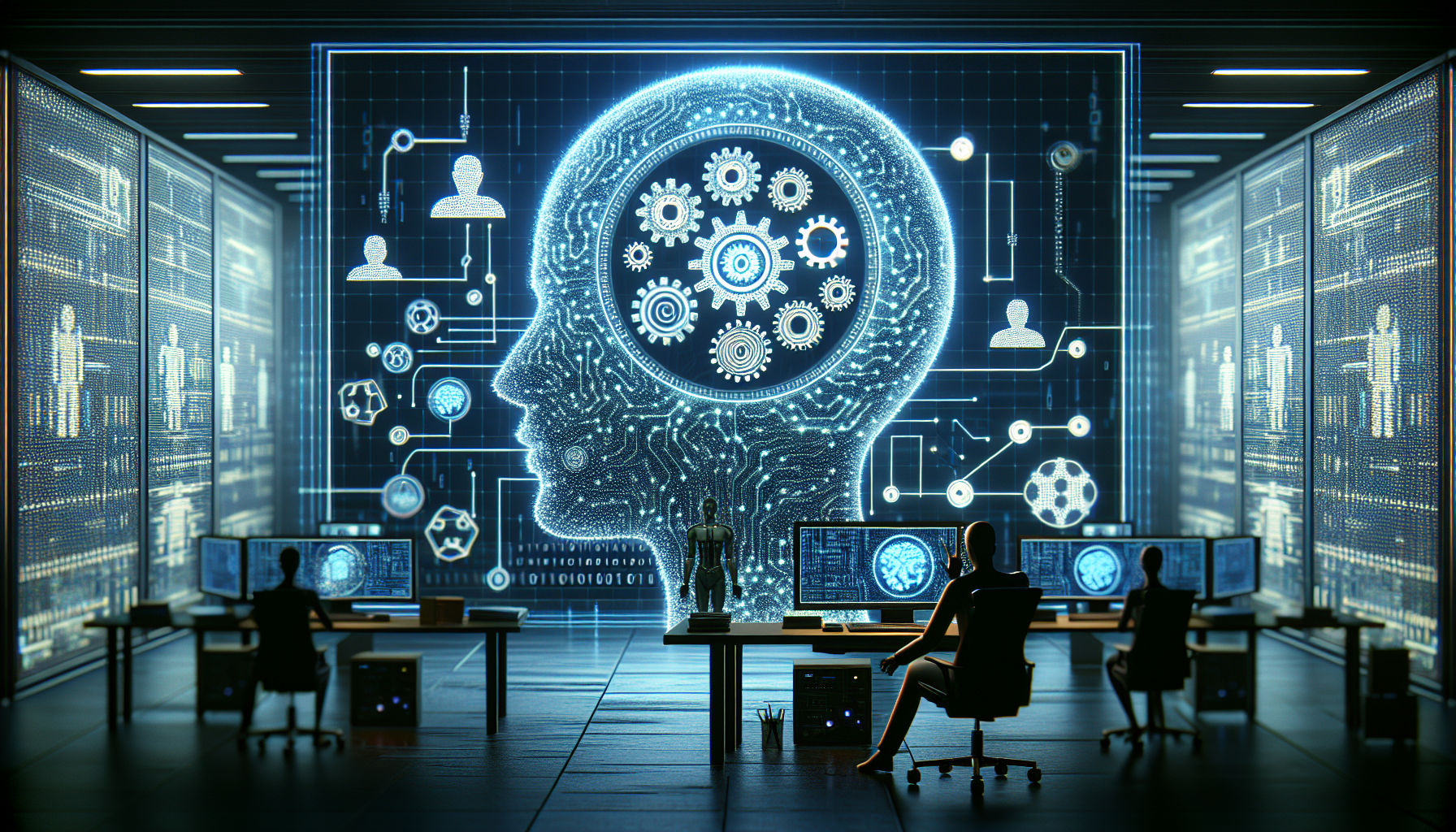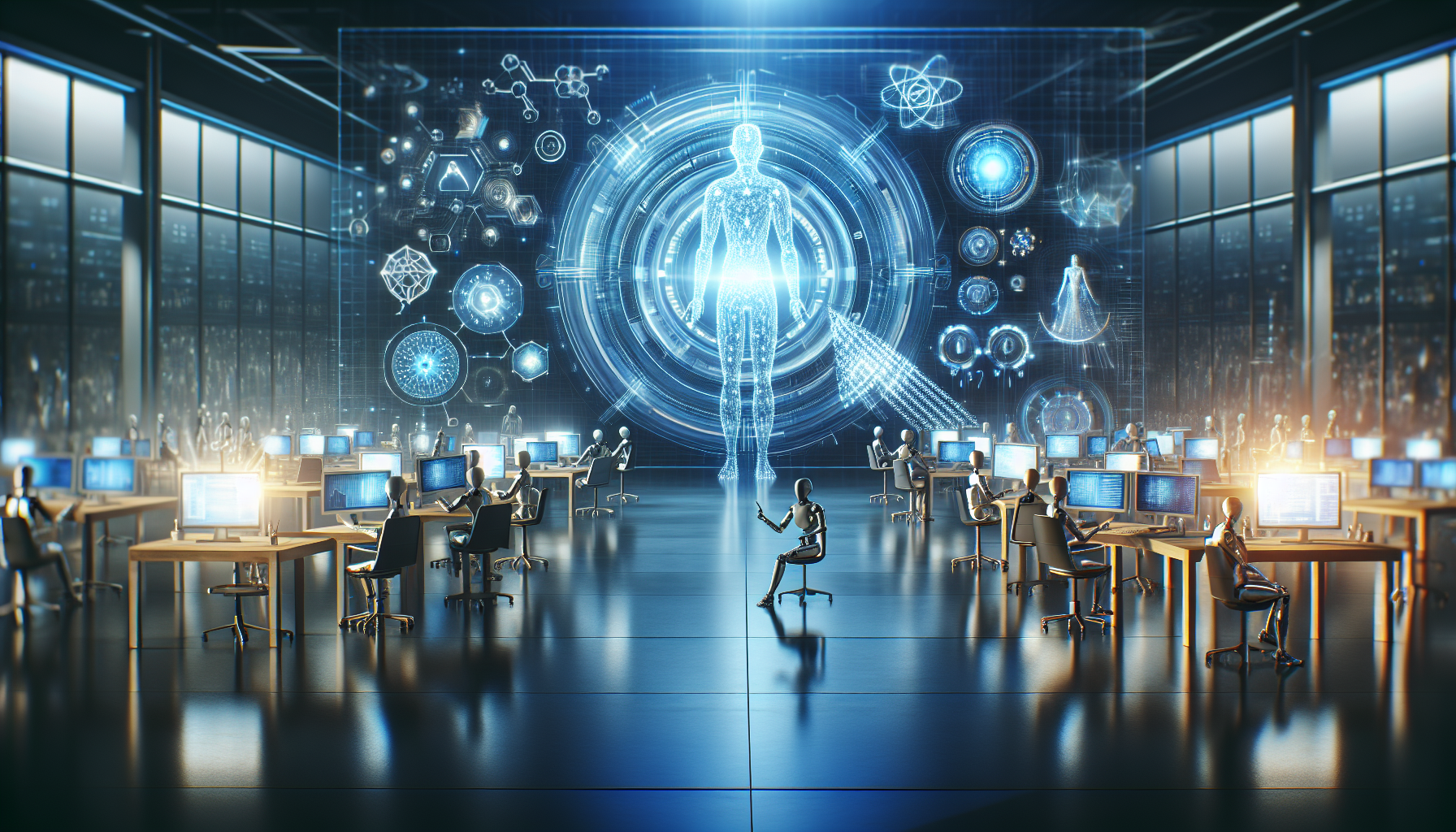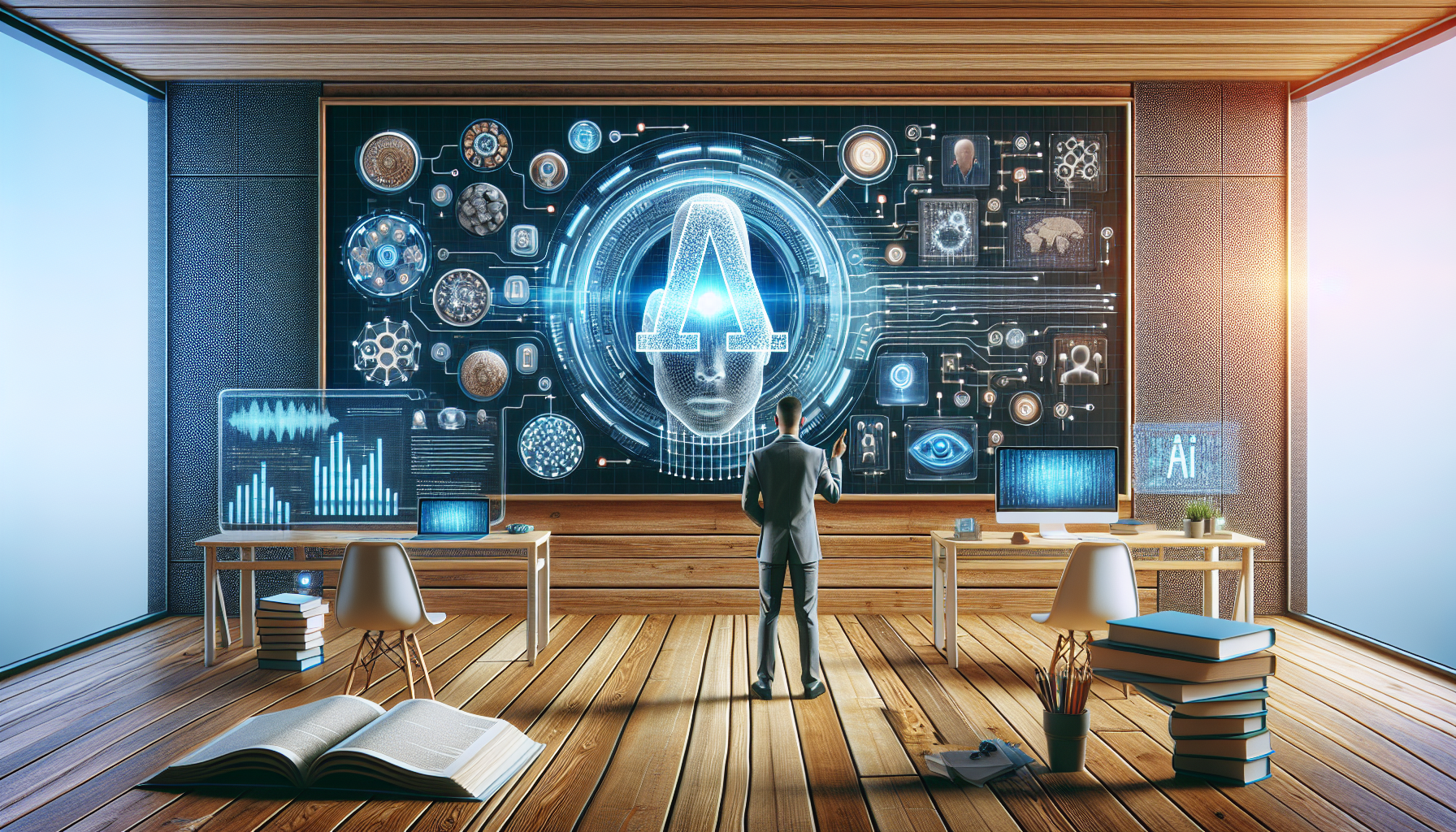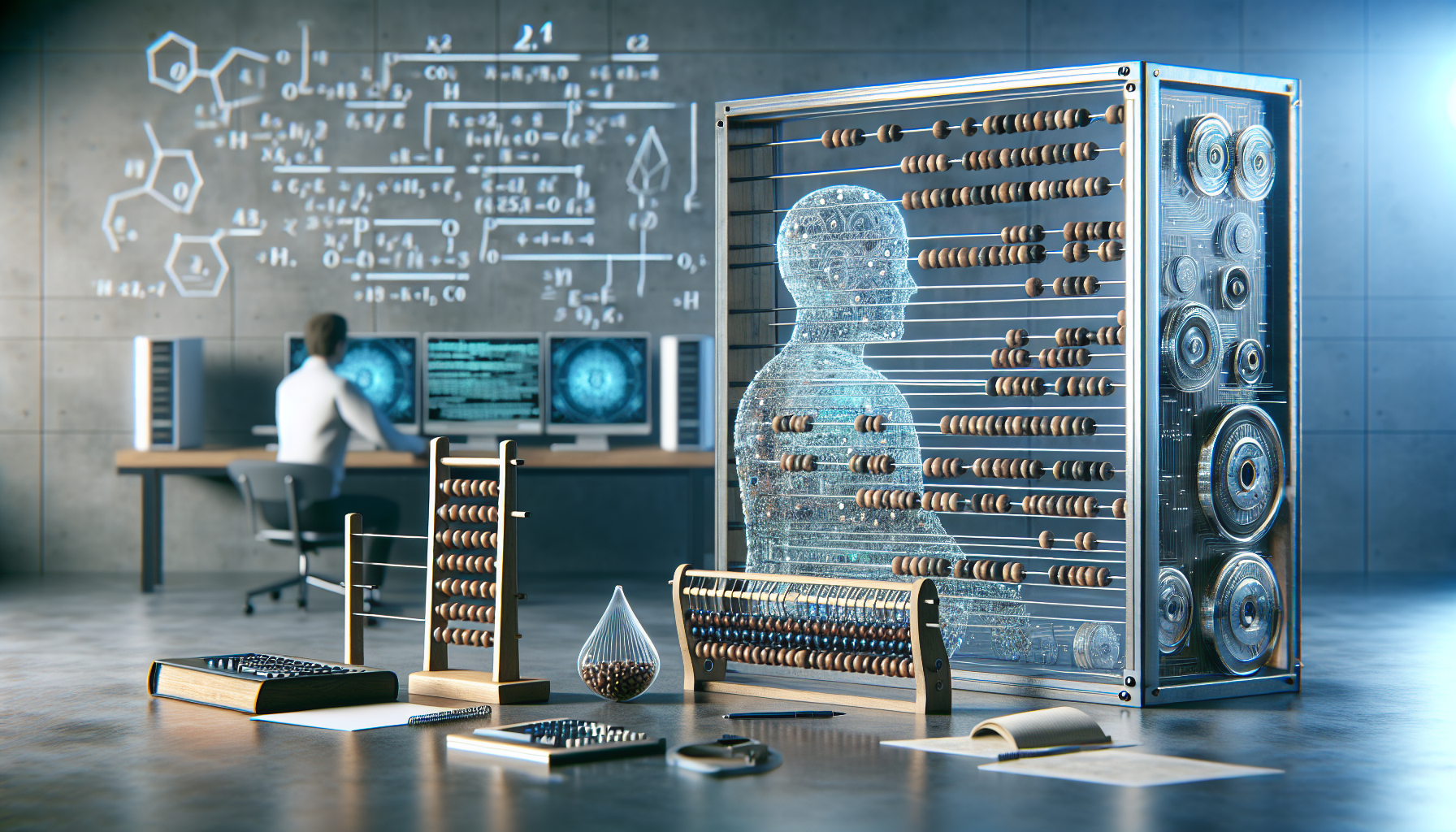
The Evolution of Artificial Intelligence: From Sci-Fi Dreams to Everyday Realities-A How-To Guide With a Twist
November 2, 2025
So, you've decided to take a digital stroll down the rabbit hole of artificial intelligence. Welcome! Prepare your neural networks because we're about to embark on a journey through the evolution of AI, with a few laughs along the way. Spoiler alert: robots aren't taking over the world—yet.
First, let’s clear one thing up. Artificial intelligence is not about creating a sentient being that will outsmart us at chess and then steal our jobs. It’s a bit more nuanced, kind of like trying to explain why pineapple on pizza is a good idea. AI started as a mere concept in the realm of science fiction, dreamt up by visionaries who probably spent too much time watching reruns of "The Jetsons." But unlike flying cars, AI has transitioned from fantasy to functionality. And it's doing so with style.
**Step 1: Understand That AI Isn't Just for Science Fiction Anymore**
The first step in understanding AI’s evolution is acknowledging its humble beginnings. Think of AI's early days as that awkward phase we all went through in middle school. It was full of potential but had a long way to go before becoming the sophisticated tool it is today. Early AI research was spearheaded by brilliant minds who were convinced that machines could mimic human intelligence. Back then, the closest thing we had to AI was a toaster that could burn bread in a consistent shade of black.
Fast forward, and AI is now the backbone of many technologies we use daily. We're talking about everything from your smartphone's autocorrect (which sometimes seems to have a mind of its own) to virtual assistants like Siri and Alexa that seem just a little too eager to answer questions you're not even sure you're asking correctly.
**Step 2: Recognize the Role of Algorithms—The Real MVP**
AI’s journey from concept to reality didn’t happen overnight, and it certainly didn’t occur without a little help from our friends—algorithms. These are the unsung heroes of AI, the complex instructions that allow machines to learn from data. Imagine teaching a cat to play fetch. That’s essentially what algorithms do, only they’re working with data instead of laser pointers.
Machine learning, a subset of AI, is driven by these algorithms and has been one of the primary catalysts for AI’s growth. It allows systems to improve their performance on tasks without being explicitly programmed to do so. If you’ve ever marveled at how Netflix knows your guilty pleasure movies (no judgment here), that’s machine learning at work.
**Step 3: Appreciate the Art of Natural Language Processing (NLP)**
One of the coolest aspects of AI’s evolution is its ability to understand and generate human language. Natural Language Processing, or NLP if you’re in a hurry, is what enables chatbots to sound less like robots and more like slightly awkward humans. They might not be ready for a stand-up comedy gig, but they can definitely help you find the nearest sushi restaurant.
NLP is a significant leap forward because it allows computers to process and understand language in a way that is both meaningful and useful. It’s like teaching your computer to read minds, or at least comprehend your sarcastic comments. This technology is what makes it possible for you to yell at your smart speaker across the room and still get a coherent response (most of the time).
**Step 4: Embrace the Everyday Applications of AI**
AI’s real charm is in its everyday applications. It’s not just about robots taking over mundane tasks like making your morning coffee. Today, AI helps doctors diagnose diseases, assists in legal research, and even composes music that sounds like it might have been written by your favorite artist on a particularly experimental day.
The beauty of AI is that it’s not confined to tech giants or secretive labs. It's woven into the fabric of industries across the board, from agriculture to art, and everything in between. It's like the secret ingredient in your grandmother's famous lasagna; you know it's there, even if you can't quite pinpoint what it is.
**Step 5: Look to the Future—With a Grain of Salt**
As we peer into the future of AI, let’s do so with a pinch of humor and a dash of skepticism. The potential is vast, but so are the ethical considerations. While machines are getting smarter, they’re also raising questions about privacy, bias, and decision-making. It’s a bit like raising a teenager—you hope for the best, but prepare for the unexpected.
So here we are, at the crossroads of technology and imagination, where artificial intelligence continues to evolve. It’s a thrilling ride, full of twists and turns, and we’ve only just begun to scratch the surface. As we ponder the future, let’s ask ourselves: What role do we want AI to play in our lives, and are we ready for the possibilities it brings?
And remember, while AI might be getting smarter by the day, it’s still up to us to ensure that our human touch remains irreplaceable. After all, there are some things even the most advanced AI can’t replicate—like your grandma's lasagna recipe or your uncanny ability to procrastinate on a Sunday afternoon.


